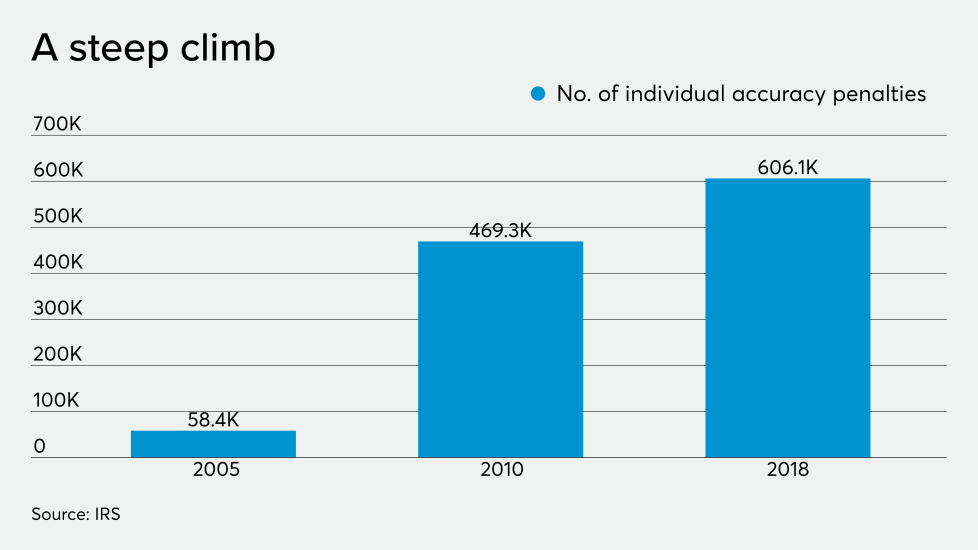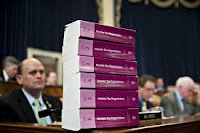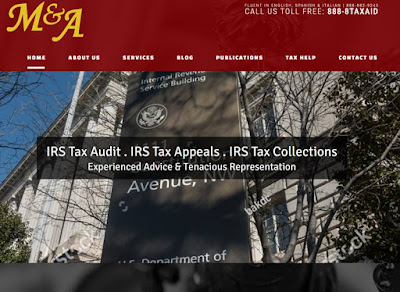
On July 9, 2019 we posted EB-5 Investment - New Regulations Expected To Increase Minimum Investment of $500,000 To $1.35 Million where we discussed that on June 27, 2019 the Office of Management & Budget (OMB) reported on its website that it has finished its review of the Obama-era regulations that would significant changes to the minimum investment amount, as well as other consequential changes. The regulations have proposed increasing the minimum investment of $500,000 to $1.35 million, and the $1 million investment to $1.8 million. Upon the regulation’s publishing in the Federal Register, the final effective date may be between 30 to 60 days.
The Final Rule scheduled to be published on Wednesday, July 24, 2019, in the Federal Register is set to raise investment amounts for the EB-5 program. Other major program changes include the centralization of TEA's in the Department of Homeland Security (DHS) and a clarification of procedures for removing conditions on permanent residence. This is the first significant revision to the EB-5 program's regulations since 1993.
The New EB-5Program Changes Include:
- Increased investment amounts: $500,000 to $900,000 for TEA investments and $1 million to $1.8 million for non-TEA investments.
- TEA centralization to DHS for geographic area designation.
- Investment amounts raised every five years.
- Clarifying USCIS procedures for removal of conditions on permanent residence.
- Allowing EB-5 petitioners to retain original priority dates.
Additionally, the new regulations outline what is required to qualify a project as a TEA and requires that the USCIS will make the determination, not the individual states. Prior to the new regulations, a regional center could simply request a TEA letter from the state, county or city government where the project was located (depending on the state). This will not be the process anymore, since the USCIS will adjudicate all TEA requests. This will improve integrity within the EB-5 program since the regional center operators will not be able to gerrymander their projects into qualifying as a TEA when they do not.
E-2 Investor Visa
Alternatively, potential investors seeking an EB-5 should also consider an E-2 investor visa. They are an appealing options for foreign business persons, investors, managers, and employees who wish to stay in the United States for extended periods of time to oversee:
-
an enterprise that is engaged in trade between the United States and a foreign country; or
-
a major investment in the United States.
The E visa isn’t for just anyone who has a trade or investment. This visa class is exclusively for what the USCIS terms “treaty traders and investors”. This means that all applicants must be nationals of a country that holds a treaty of trade and commerce with the United States.
If you’re wondering if your country is a treaty country, you can look for it on the comprehensive list provided by the Department of State.
The regulations state that you must be a national of one of these countries, but you do not necessarily need to be currently living there.
 Treaty Investor (E-2) Visa
Treaty Investor (E-2) Visa
Treaty investor applicants must meet specific requirements to qualify for a treaty investor (E-2) visa under immigration law. The consular officer will determine whether a treaty investor applicant qualifies for a visa.
- The investor, either a real or corporate person, must be a national of a treaty country.
- The investment must be substantial. (Usually $100,000 in a corporate bank account) It must be sufficient to ensure the successful operation of the enterprise. The percentage of investment for a low-cost business enterprise must be higher than the percentage of investment in a high-cost enterprise.
- The investment must be a real operating enterprise. Speculative or idle investment does not qualify. Uncommitted funds in a bank account or similar security are not considered an investment.
- The investment may not be marginal. It must generate significantly more income than just to provide a living to the investor and family, or it must have a significant economic impact in the U.S.
- The investor must have control of the funds, and the investment must be at risk in the commercial sense. Loans secured with the assets of the investment enterprise are not allowed.
- The investor must be coming to the U.S. to develop and direct the enterprise. If the applicant is not the principal investor, he or she must be employed in a supervisory, executive, or highly specialized skill capacity. Ordinary skilled and unskilled workers do not qualify.
Coming to America?
Need Pre-Immigration Tax Advice?
 Contact the Tax Lawyers atMarini & Associates, P.A.
Contact the Tax Lawyers atMarini & Associates, P.A.





















